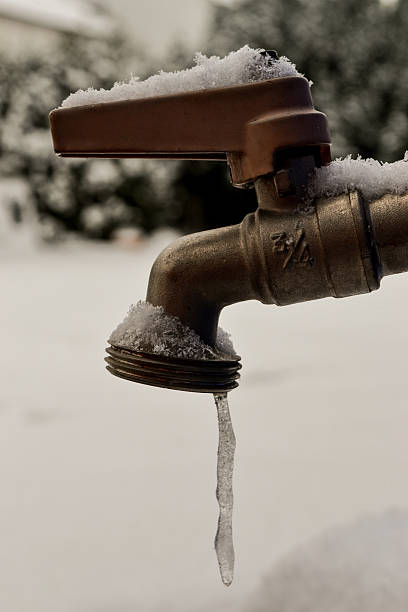Protecting Against Frozen Plumbing: Top Methods for Cold Weather
Protecting Against Frozen Plumbing: Top Methods for Cold Weather
Blog Article
What are your ideas concerning Prevent Frozen Pipes ?

Cold weather can ruin your pipes, particularly by freezing pipes. Right here's exactly how to avoid it from taking place and what to do if it does.
Intro
As temperature levels drop, the risk of frozen pipes increases, possibly leading to costly repairs and water damage. Understanding how to avoid frozen pipelines is crucial for property owners in chilly environments.
Avoidance Tips
Insulating susceptible pipes
Wrap pipelines in insulation sleeves or utilize heat tape to safeguard them from freezing temperature levels. Concentrate on pipelines in unheated or exterior areas of the home.
Home heating strategies
Keep interior areas properly heated up, specifically areas with pipes. Open up cupboard doors to allow cozy air to distribute around pipes under sinks.
Exactly how to recognize frozen pipes
Look for decreased water flow from faucets, unusual odors or noises from pipes, and visible frost on exposed pipes.
Long-Term Solutions
Structural adjustments
Consider rerouting pipes far from outside walls or unheated areas. Include added insulation to attics, basements, and crawl spaces.
Updating insulation
Purchase top notch insulation for pipes, attics, and wall surfaces. Appropriate insulation helps keep constant temperature levels and minimizes the danger of frozen pipelines.
Protecting Outside Pipes
Garden hose pipes and exterior taps
Disconnect and drain yard tubes before winter season. Mount frost-proof faucets or cover outdoor faucets with protected caps.
Comprehending Icy Pipelines
What creates pipelines to freeze?
Pipes freeze when exposed to temperatures below 32 ° F (0 ° C) for prolonged periods. As water inside the pipes freezes, it expands, putting pressure on the pipeline wall surfaces and possibly triggering them to rupture.
Risks and damages
Frozen pipelines can cause water interruptions, home damages, and costly repair services. Burst pipes can flood homes and cause substantial architectural damage.
Indications of Frozen Pipes
Determining icy pipelines early can stop them from breaking.
What to Do If Your Pipelines Freeze
Immediate activities to take
If you presume frozen pipes, maintain taps available to eliminate stress as the ice melts. Use a hairdryer or towels taken in warm water to thaw pipes gradually.
Final thought
Avoiding frozen pipelines needs aggressive procedures and quick feedbacks. By comprehending the causes, indicators, and preventive measures, home owners can secure their pipes during winter.
5 Ways to Prevent Frozen Pipes
Drain Outdoor Faucets and Disconnect Hoses
First, close the shut-off valve that controls the flow of water in the pipe to your outdoor faucet. Then, head outside to disconnect and drain your hose and open the outdoor faucet to allow the water to completely drain out of the line. Turn off the faucet when done. Finally, head back to the shut-off valve and drain the remaining water inside the pipe into a bucket or container. Additionally, if you have a home irrigation system, you should consider hiring an expert to clear the system of water each year.
Insulate Pipes
One of the best and most cost-effective methods for preventing frozen water pipes is to wrap your pipes with insulation. This is especially important for areas in your home that aren’t exposed to heat, such as an attic. We suggest using foam sleeves, which can typically be found at your local hardware store.
Keep Heat Running at 65
Your pipes are located inside your walls, and the temperature there is much colder than the rest of the house. To prevent your pipes from freezing, The Insurance Information Institute suggests that you keep your home heated to at least 65 degrees, even when traveling. You may want to invest in smart devices that can keep an eye on the temperature in your home while you’re away.
Leave Water Dripping
Moving water — even a small trickle — can prevent ice from forming inside your pipes. When freezing temps are imminent, start a drip of water from all faucets that serve exposed pipes. Leaving a few faucets running will also help relieve pressure inside the pipes and help prevent a rupture if the water inside freezes.
Open Cupboard Doors
Warm your kitchen and bathroom pipes by opening cupboards and vanities. You should also leave your interior doors ajar to help warm air circulate evenly throughout your home.

As a passionate person who reads on How To Avoid Freezing Pipes, I thought sharing that excerpt was mandatory. Enjoyed our write-up? Please share it. Let others check it out. Thank you for your time spent reading it.
Contact Us Report this page